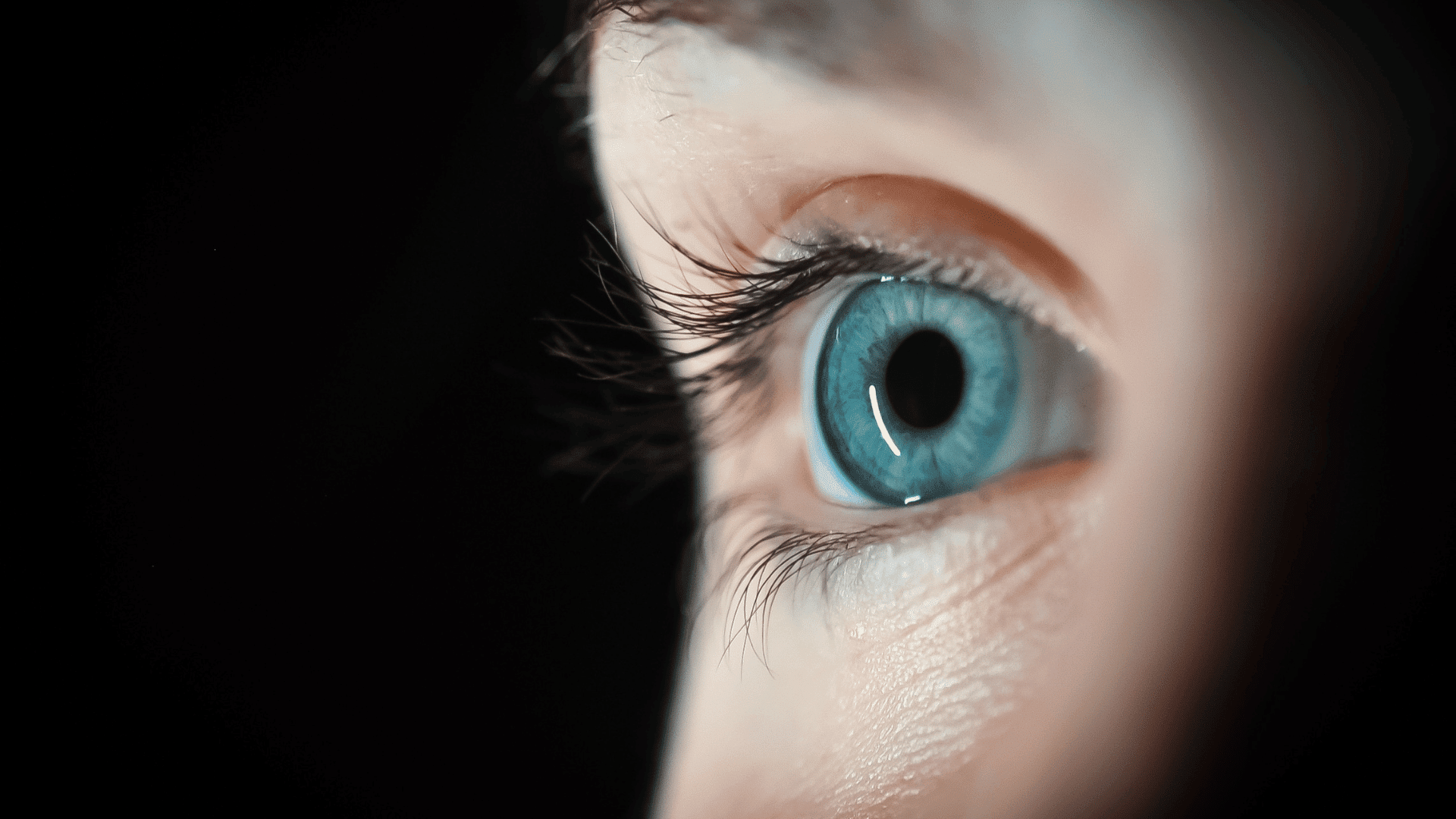Five people perceived a new color that nobody had ever seen in their lives. Scientists and researchers used laser and eye-tracking technology to see a color outside of the natural color range seen by humans. Using the technology, researchers selectively activated certain cells in the participants’ retinas, allowing them to see the new blueish green hue.
A New Color

The hue has an intensity or “saturation” outside of the human range. Kimberly Jameson, a color-vision scientist at the University of California, Irvine, said that the work is “amazing technically” and an “extraordinary achievement.”
According to nature, this is not the first time that researchers have stimulated cone cells, which are the photoreceptors in the eyes that give signals that the brain interprets as color. However, this is the only time that they did it across an area large enough to alter a person’s vision enough to see a new color.
“What is novel in this study is the evidence that such new colors can, in fact, be perceived,” said Sérgio Nascimento, a physicist specializing in human vision at the University of Minho in Braga, Portugal.
The researchers call it “olo,” which they say is like a peacock blue or teal. However, “the level of saturation is off the charts,” said Ren Ng, a computer scientist and vision researcher at the University of California, Berkeley. Ng was also one of the study’s co-authors.
They say the method is called “Oz” and is run on Wizard software (very clever). According to the researchers, it controls “precise doses of light delivered to each cell in the retina.” As a result, it “spoofs” the signals that the brain uses to interpret color. Additionally, it creates signals that the brain has never experienced before.
According to Ng, the system could potentially create other new colors. Additionally, he says it has the potential to help people with color blindness. For example, the system could allow them to perceive “differences in hue” that they wouldn’t otherwise.
According to Jameson, the research could help identify how retinal signals lead to color perception in the brain, and “test how much vision can be augmented.” She added, “The technique in this article would permit exploration of that, maybe more than any other human-based tool we have.”







